A gap year is a once-in-a-lifetime chance for young people to develop personally, experience career paths they never thought possible, and to gain a greater understanding of the world. However, many young people worry that they could waste both time and money on a year spent travelling when they could be gaining academic qualifications or professional experience.
Unlike an ordinary gap year, volunteering overseas with a reputable, experienced development organisation like Raleigh International offers young people more than just the opportunity to travel the world making a difference. It also gives them the chance to build skills for future careers or study that will help them stand out from the crowd.
Learn more about volunteering with Raleigh International
Harry Richardson, 18, volunteered with Raleigh on a Nepal Expedition in 2017. After not receiving the A-level grades he had expected, Harry decided to take a gap year before re-sitting his exams.

It was at this time that Harry’s dad suggested he went on a Raleigh Expedition.
“Someone he knew had done it after finishing school. Raleigh provided an opportunity to make good use of my time and also allowed me to take some time away from home to think about my next steps – whether it be university or a career.”
A Raleigh Expedition is a life-changing programme for 17-24 year olds that combines sustainable travel and volunteering in Costa Rica, Nepal and Tanzania. Young people live and engage with remote communities not visited by tourists, and work on meaningful projects that create lasting change and protect natural resources.
Whether you are in North America, Europe, or elsewhere, as long as you are 17-24 years old, have a valid passport, and a passion to help others, a Raleigh Expedition can be the opportunity that enables you to have an unforgettable experience of creating lasting change in the world.
Anyone inspired by Harry’s experience will be happy to learn that Raleigh is currently recruiting new volunteers for its Expedition programmes in autumn 2018 and spring 2019.
Download an Expedition Guide to discover more about life on Expedition
“I think volunteering is one of your best options that you can do with your time,” says Harry. “If you are in the situation where you want to travel but are unsure what you want to do with your time abroad, this allows you to do some good. It also provides the opportunity to become more educated in wider issues and life skills.”
Harry adds that he feels he developed significantly as a person while volunteering.
“Raleigh enabled me to become more decisive and I feel I have learnt a lot about teamwork and determination, which are key skills. It is not easy to learn practical skills like this in a classroom. I feel that the only way to gain skills like this is to do it practically in real situations, through experiences you get volunteering.”
 Raleigh volunteers can spend their Expedition in beautiful Nepal. Photo: Raleigh International
Raleigh volunteers can spend their Expedition in beautiful Nepal. Photo: Raleigh International
Harry’s father, Nick Richardson, believes the experience of volunteering internationally with Raleigh International has really benefited his son.
“Volunteering with Raleigh International provided focus for Harry. It’s not just the travelling – it’s learning the skills of being out there on your own, planning the trip and doing your fundraising. It’s about putting life in perspective and gaining new skills – I think that’s what Harry did and he’s a lot happier and more focused for it.”
Crucially, young people shouldn’t feel bad about wanting to get something out of volunteering on their gap year. Raleigh believes that organisations who work through young volunteers to make an impact should also be committed to helping their volunteers develop personally. Skills such as team work, communication, adaptability and the passion to become active citizens back home, will benefit young people greatly throughout their personal and working lives.
“What I’ve learnt in being away from home while volunteering – having to problem solve and work with people you don’t know while overcoming cultural differences – it’s hard to see how these won’t be useful at university or when I’m working. I am now planning on returning to the UK to do resits to get into university,” says Harry.
Raleigh runs Expeditions in Nepal, Tanzania and Nicaragua & Costa Rica for four, five, seven and 10 weeks. There are limited places available on Expedition programmes departing between September to December 2018 and February to April 2019.
So, if you want to change your life and the lives of others – or know someone else who might be interested in being a Raleigh volunteer – share this article or click on the link below to learn more.
Apply to be a Raleigh Expedition volunteer
This article was produced by Raleigh International

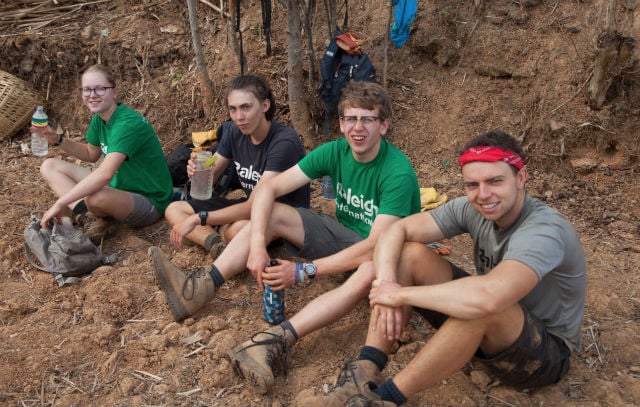
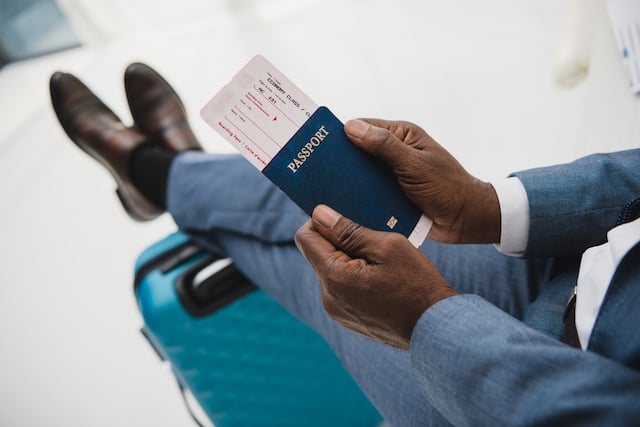
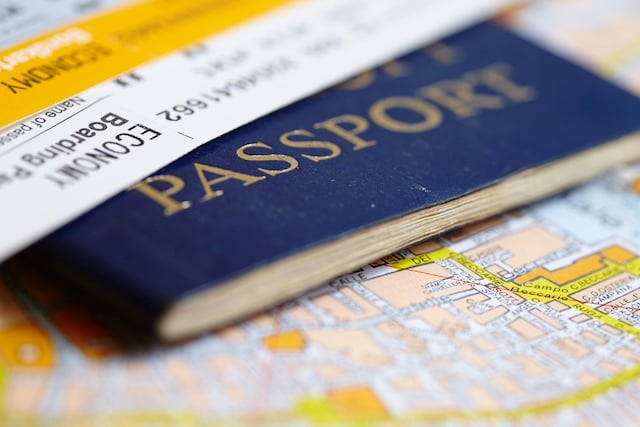
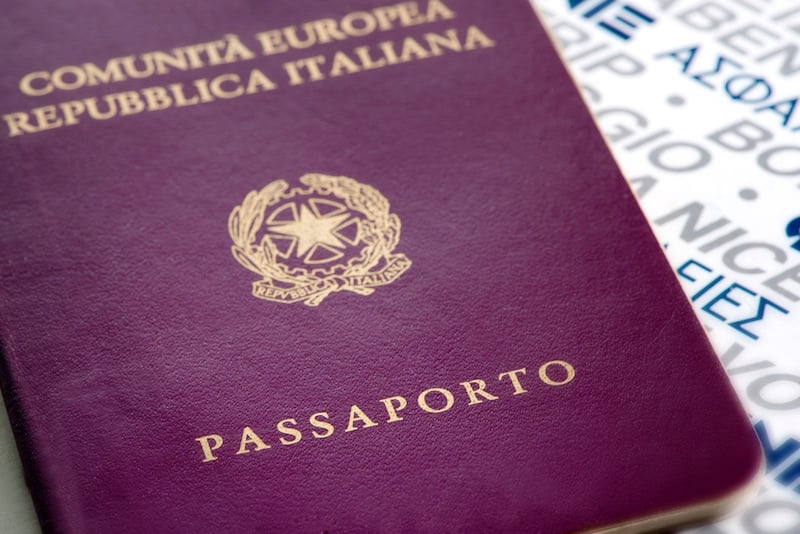
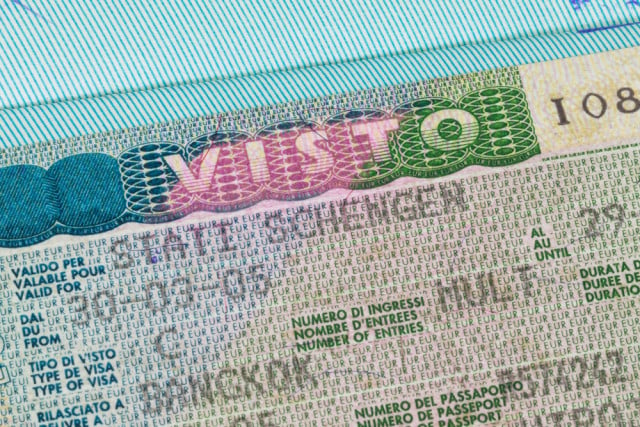
 Please whitelist us to continue reading.
Please whitelist us to continue reading.